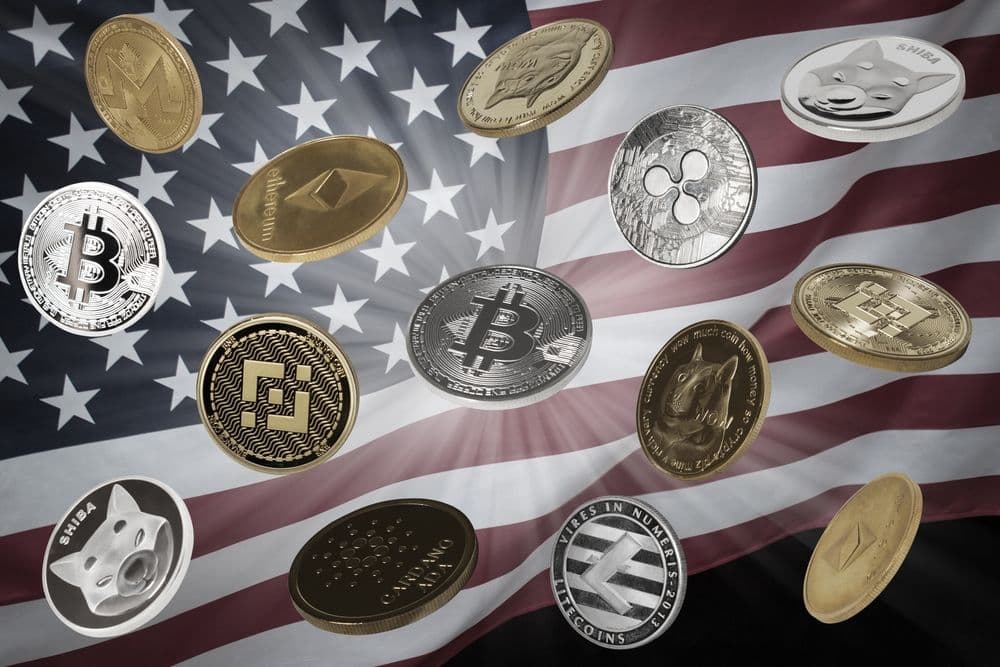Bitcoin maintained its stability above $87,000 during Asian trading hours on Wednesday, reflecting a cautious stance among traders who are closely monitoring upcoming U.S. economic data and the implications of set to begin on April 2. In the broader crypto market, major cryptocurrencies like Solana (SOL), XRP, BNB, and Ether (ETH) saw modest gains of under 3%, while Dogecoin (DOGE) outperformed with a notable 5.5% increase.
This marked a second consecutive day of gains for DOGE, alongside upticks in meme tokens such as Pepe (PEPE) and Mog (MOG), driven by their correlation to Ether's performance.
Elsewhere, Shiba Inu (SHIB) surged by 11%, fueled by increased interest in riskier meme tokens and a substantial 228% rise in its native ShibaSwap exchange over the past month. Open interest in SHIB futures has climbed over 20% since Sunday, signaling expectations of continued volatility.
Despite these gains, concerns persist regarding a potential U.S. economic downturn. The rapid unwinding of momentum trades in equities has prompted money managers to adopt a defensive stance. Augustine Fan, Head of Insights at SignalPlus, commented to CoinDesk, "We anticipate a modest market rebound toward the month's end, with the 'liberation day' reciprocal tariff announcement from President Trump on April 2 serving as a significant catalyst. Expectations of a softer tariff response could alleviate recent technical setbacks in U.S. stocks, potentially triggering a global rally alongside recent gains in EU and Chinese equities."
Fan further noted that cryptocurrency markets will continue to closely track equity movements due to the lack of a distinct catalyst, although recent M&A activities involving Coinbase and Kraken suggest a prolonged bullish trend. QCP Capital traders shared in a Tuesday update that the second quarter, particularly April, has historically been favorable for risk assets, with Bitcoin's performance second only to December's festive rally.
They observed that caution prevails in options markets, with call skew not significantly favoring calls until June, indicating traders are awaiting developments on the tariff front. Attention is shifting to the upcoming Personal Consumption Expenditure (PCE) data, which could serve as the next pivotal market driver. The PCE index, which tracks consumer inflation, influences Federal Reserve interest rate deliberations. Elevated PCE readings can signal rising inflation, potentially leading to rate hikes that could dampen risk appetite and pressure Bitcoin prices. Conversely, modest PCE data may suggest contained inflation, opening the door to rate cuts or steady policy, thereby supporting Bitcoin as a speculative asset or inflation hedge.
The PCE data release on March 28 will be closely watched for its impact on market sentiment and Bitcoin's subsequent response, as traders recalibrate their strategies based on how the data influences Fed policy expectations.

